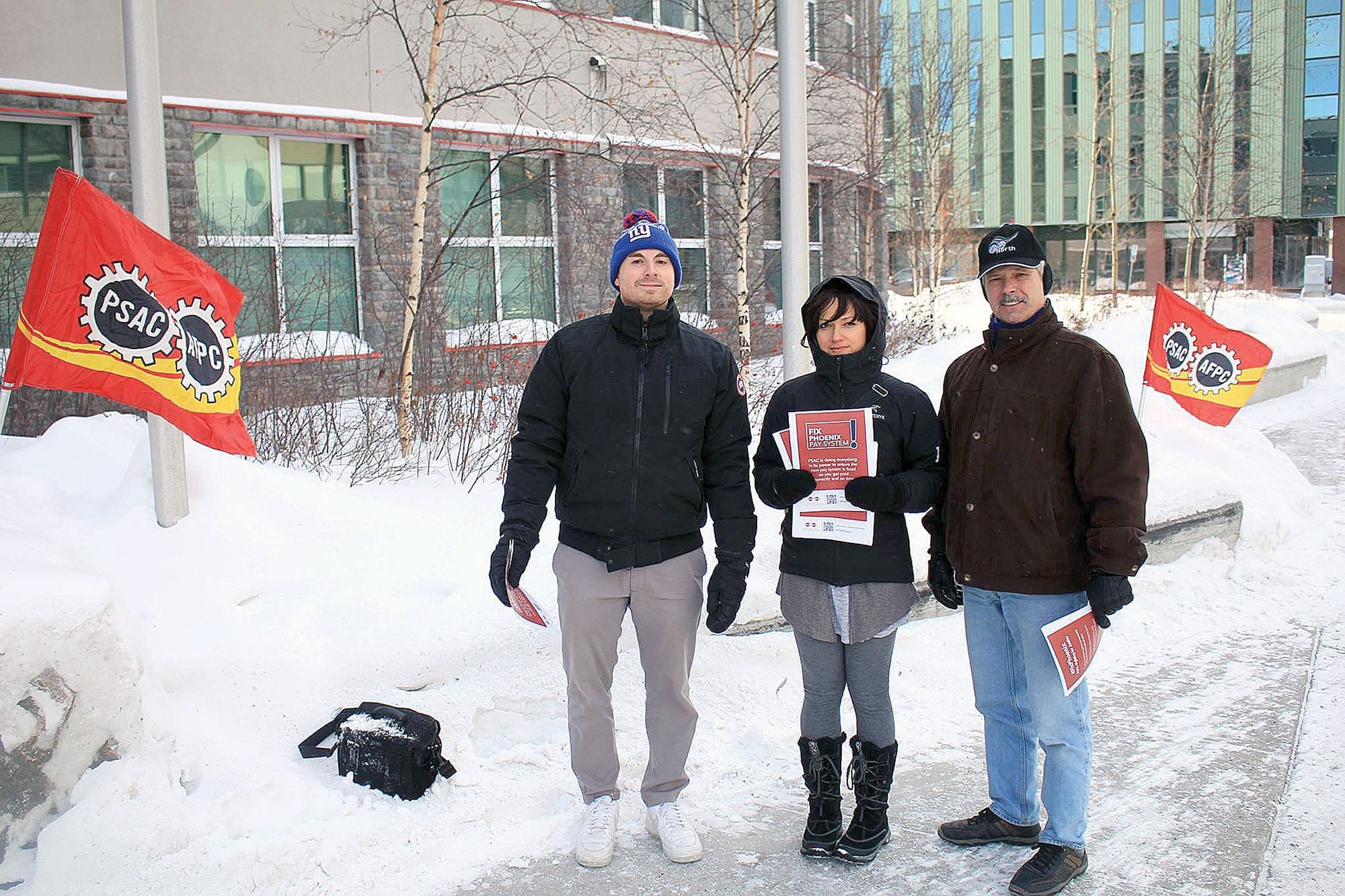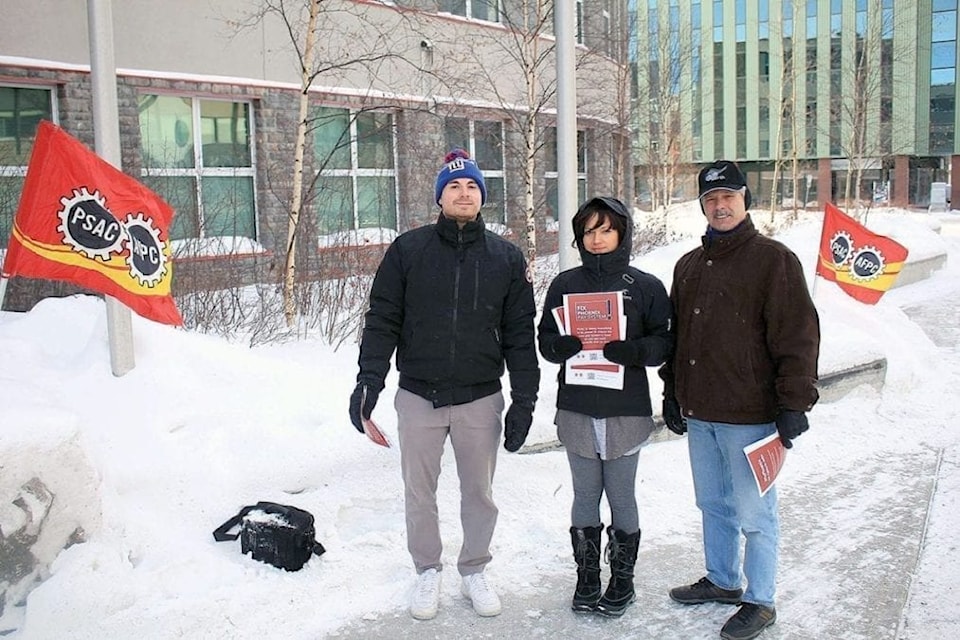It’s been a long wait for pay stability for Northern employees of the federal government but a replacement system is supposedly coming soon.

New pay systems are being tested out by three vendors selected by the government to come up with a replacement system, or more than one, for the current Phoenix pay system that has been plagued with problems since it was implemented in 2016.
This time around, the government seems to be doing its due diligence in troubleshooting the programs and consulting with unions, according to Jack Bourassa, regional vice-president of PSAC North, the local branch of the Public Service Alliance of Canada.
Bourassa said of the roughly 500 federal employees living and working North of 60, between a half and two thirds are still being affected by problems with the Phoenix pay system.
“You'd have too much on one cheque and then you'd have no cheque coming the next payday,” said Bourassa.
Bourassa said the issues, which include some members not getting paid at all for extended periods of time, have caused people to have to borrow money from financial institutions, or family and friends – and it’s exacted a psychological and emotional toll on some.
“It becomes a roller-coaster ride that just makes life very uncertain for a lot of people,” said Bourassa. “You can't plan around that kind of a system. Everything is so arbitrary, it's all up in the air and of course all your plans go right out the window because all of a sudden now you've got no money.”
Bourassa said the government has hired more pay advisors to deal with the backlog of issues but that the system won’t work until it is replaced with something more capable of doing the job.
The Phoenix pay system was the result of a modernization, centralization and streamlining programs for federal employee pay that began in 2009.
By 2012, many of the government’s pay centres were consolidated to one in Miramichi, N.B., with staff reduced by almost half.
IBM was brought on to design, customize and implement software to handle the pay – which became the Phoenix system – that finally began rolling out in 2016. It was a variation of an off-the-shelf program called PeopleSoft and almost immediately proved to be incapable of handling the complex demands and changing criteria of pay across the federal government.
According to Bourassa, the system is slipped up by relatively routine matters such as overtime, housing allowances, temporary changes of position – such as filling in for a supervisor – as well as different criteria set out by varying collective agreements.
“In the North, for our members up here, this is really problematic when they're getting Northern isolation (pay) or they might get some additional living allowance to offset the cost of housing,” said Bourassa. “That's something that's outside the basic, normal 40-hour work week that (is the only thing) the computer can work with.”
“What’s required of it is far and away more than it’s capable of meeting. It just can’t do the job.”
PSAC North held a rally in February 2018 to raise awareness of the issue, and other rallies have taken place across the country.
The federal government has not yet set a deadline for implementation of the new system, though it seems to be reaching the end of its processes with the selection of three vendors to test software.
“We've learned the lessons of the past and have radically changed the way we are pursuing a modern, user-friendly and mobile HR and pay solution,” stated Joyce Murray, Treasury Board president and minister of digital government, on June 12. “We're investing the time and resources to make sure the solution fits the needs of our employees.”
